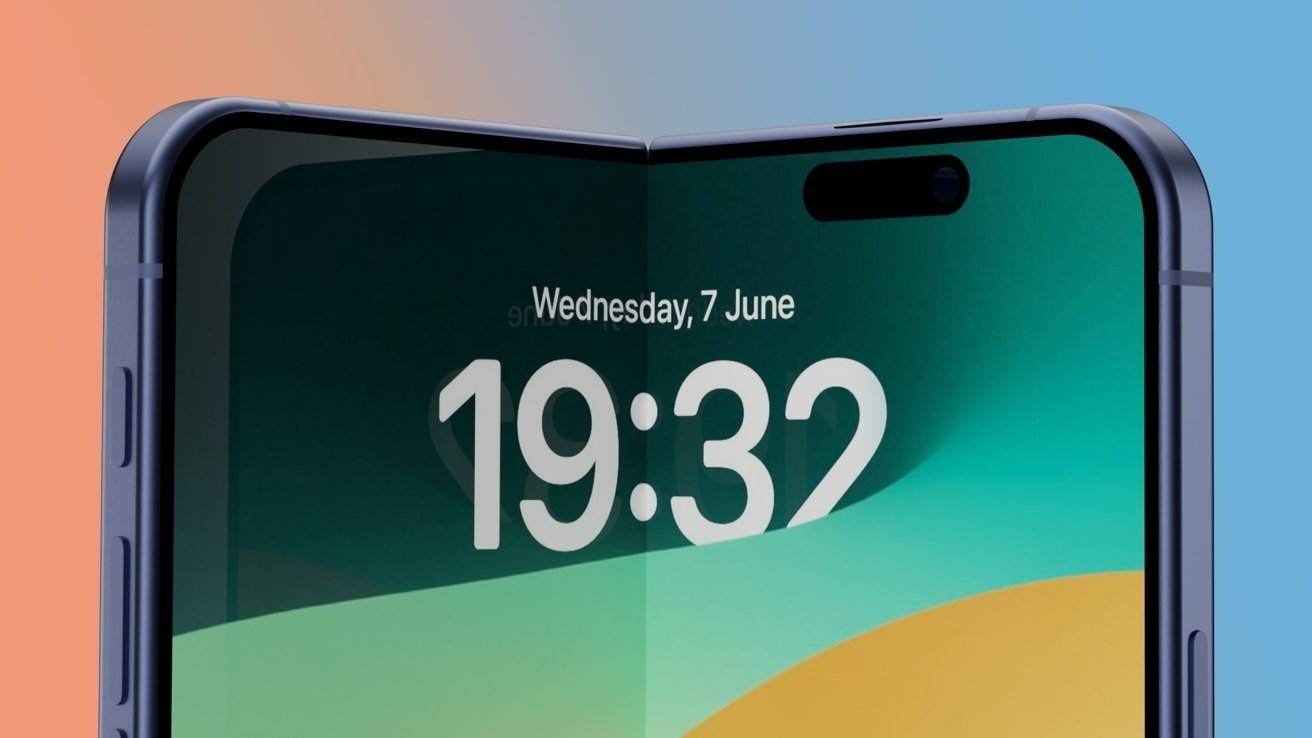
BOE's new fight with Samsung Display could affect the iPhone Fold
Patent Wars and IP Protection: Lessons from the BOE vs Samsung Display Battle
The ongoing legal battle between BOE and Samsung Display over OLED patents highlights a critical challenge in today's technology landscape: protecting intellectual property in a fast-moving, highly competitive market. With potential implications for Apple's rumored iPhone Fold, this case demonstrates why robust IP protection should be a priority for tech companies of all sizes.
Understanding the Dispute
BOE recently filed a patent infringement lawsuit against Samsung Display, claiming theft of four OLED manufacturing patents, including under-display camera technology. This latest filing adds to a complex web of legal challenges between the two companies dating back to 2023, showcasing how IP disputes can escalate and impact entire supply chains.
The Ripple Effect on Innovation
The dispute's potential to affect Apple's iPhone Fold development illustrates how IP conflicts can create uncertainty throughout the technology ecosystem. When companies can't definitively prove ownership of their innovations or establish clear timelines of development, it leads to costly legal battles and delayed product launches.
The Role of Blockchain in Modern IP Protection
Traditional IP protection methods often struggle with establishing precise timestamps and maintaining unalterable records of innovation. Blockchain technology addresses these challenges by creating immutable records of intellectual property rights. Each patent, trademark, or technical innovation can be certified with an exact timestamp that cannot be altered or disputed.
Preventing IP Disputes Through Technology
Modern IP protection platforms leverage blockchain to:
- Create tamper-proof documentation of innovation timelines
- Establish indisputable "first use" evidence
- Generate verifiable certificates of authenticity
- Maintain permanent records of IP ownership and modifications
Had Samsung Display and BOE implemented blockchain-based IP certification from the early stages of their OLED development, many of their current disputes could have been prevented through clear, verifiable ownership records.
Key Takeaways for Technology Companies
- Early Protection: Secure your IP rights before entering complex supply chain relationships
- Verifiable Timeline: Maintain blockchain-certified records of your innovation process
- Clear Ownership: Establish indisputable evidence of IP ownership through immutable records
- Global Recognition: Ensure your IP protection strategy works across international borders
Best Practices for IP Protection
- Document all stages of innovation with blockchain-certified timestamps
- Maintain comprehensive records of technical specifications and modifications
- Secure third-party verification of IP ownership
- Implement systems that can prove authenticity at any time
The Future of IP Protection
As technology becomes increasingly complex and supply chains more interconnected, traditional IP protection methods are proving insufficient. Blockchain certification offers a modern solution by providing unalterable proof of innovation ownership and development timelines.
Looking to protect your intellectual property with blockchain technology? Explore how CertVera's patent and trademark protection platform can help secure your innovations with tamper-proof certification and verifiable ownership records.